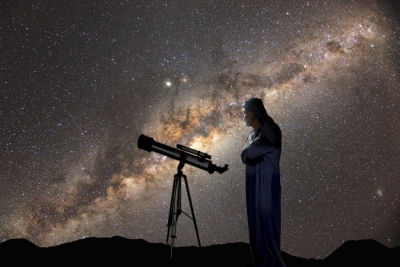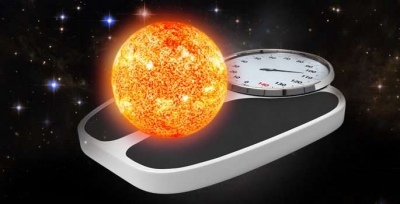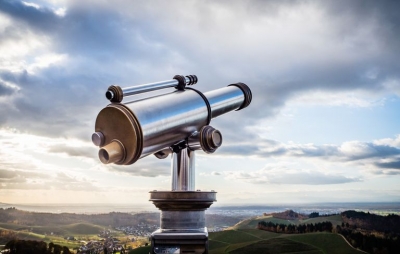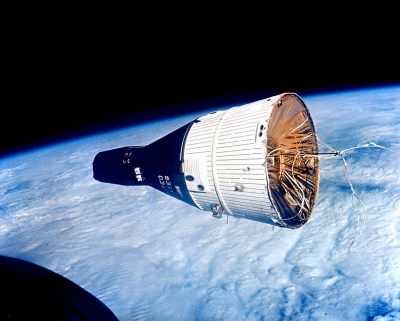
The race to the moon in the first decades of the second half of the 20th Century is littered with many firsts. While some of these are extremely popular and known to almost everyone, there are others that are not as famous, but equally important in the grand scheme of things. Among the latter is the Surveyor 6 spacecraft, achieved the first lift-off from a celestial body.
The Surveyor series of spacecraft were robotic landers, managed by NASA, whose objectives included making soft landings on the surface of the moon, studying the lunar surface and in general, aiding the planned human landings in the future. While lunar orbiters had provided orbital imagery, those were to be combined with ground-level data gathered by the Surveyor spacecraft at potential Apollo landing sites, thereby making ourselves mission-ready for the grand challenge ahead.
An elusive target
Surveyor 6 was the sixth in a series of seven crew-less spacecraft that proved to be highly successful. The intended target for this spacecraft was nearly in the centre of the moon’s Earth-facing hemisphere, a small lunar mare (any flat, dark plain of lower elevation on the moon) that went by the name Sinus Medii (Latin for “Bay of the Centre”)
Apollo mission planners were looking for a close-up of this area as it appeared rougher than other proposed sites for landing. NASA’s two previous attempts to land here using Surveyor spacecraft hadn’t been successful.
While Surveyor 2, launched on September 20, 1966, went out of control following a mid-course correction, Surveyor 4, launched on July 14, 1967, crashed and failed during the final descent to the lunar surface after an otherwise faultless mission. With only two approved Surveyor flights, including Surveyor 6, remaining, the onus was on the planners to succeed this time.
Basaltic surface
The Surveyor 6 was launched from Cape Canaveral, which contains NASA’s launch pads, on an Atlas-Centaur rocket on November 7, 1967. Landing was scheduled to occur 65 hours after lift-off and Surveyor 6 managed a safe landing on Sinus Medii on November 10, 1967. After routine post-landing checks and routine and reconfiguration for surface operations, it started sending images of the site where it had landed on the moon.
The images showed scientists that it had landed on a relatively level surface and also allowed them to determine the landing site based on orbital imagery. The site was found to be very similar to the previous three Surveyor mare landing sites and that it would support human landing.
The crucial experiments to measure the surface chemistry with an alpha scattering detector showed that landing area was basaltic. This showed that the surface measurements where Surveyor 6 landed were remarkably similar to Surveyor 5’s measurements obtained two months earlier over 700 km away. In effect, it further validated that the terrestrial area of the moon was made of basalt, an important detail for the Apollo mission planners.
First to land twice
On November 17, 1967, Surveyor 6 performed another important experiment. The NASA engineers commanded the Surveyor 6 engine to fire its three main liquid propellant thrusters briefly. As a result, Surveyor 6 not only became the first spacecraft to lift-off from the moon, but also the first to be launched from any celestial body. Not to mention, it was the first to land twice on the surface of the moon.
Even though the Surveyor rejected the first shut-down command, the second command from the ground controllers turned off the engines. All this happened inside 7 seconds, during which time the Surveyor 6 reached an estimated peak altitude of about 10 feet, before landing about eight feet west of its original landing point.
The engineering test successfully demonstrated that rockets could be restarted on the moon, providing another tick in a huge list prepared with a human mission in mind. Following this small lunar hop, Surveyor 6 employed its cameras to study its original landing footprints and determine the soil’s mechanical properties.
Before the onset of the lunar night on November 24, 1967, Surveyor 6 had returned close to 30,000 images of the lunar surface. Even though controllers were able to regain contact on December 14, 1967 and the spacecraft had survived the two week lunar night, no significant data was returned, primary landing operations ceased and the mission ended. By then, however, Surveyor 6 had completed the data acquisition needed for the Apollo missions, freeing up Surveyor 7 to be sent to a site of greater scientific interest and getting us closer to making one small step on the moon.
Picture Credit : Google









